In Albania, at times, I had the uncanny feeling I was travelling elsewhere. Perhaps somewhere further beyond the European continent, like Turkey or Georgia or, if I squinted my eyes, even further into Asia.
Partly this can be explained by Albania being a developing country. The way you travel around Albania is typically using its motley fleet of minibuses, at times through remote roads where goats have the right of way. While braving a soup sandwich of cars, scooters and bicycles in the city of Shkodra, I was briefly reminded of the crazy traffic in Vietnam.
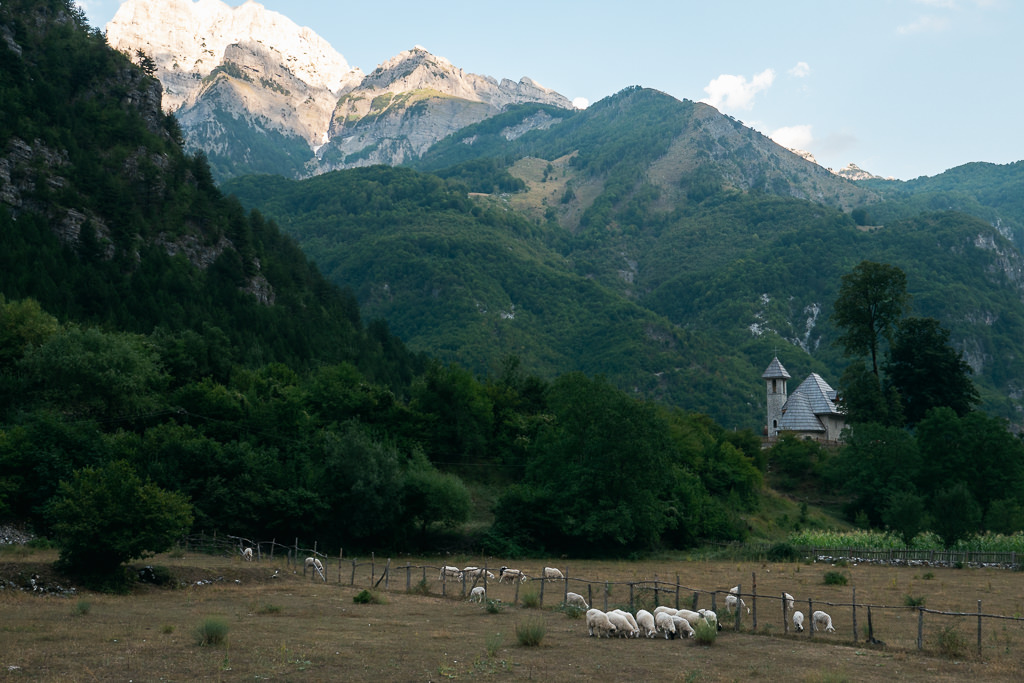
But Albania also stands out for cultural reasons. The Albanian language is unique, totally unconnected to any other European language. Despite most Albanians being agnostic, it’s one of the few Muslim majority countries in Europe. It’s also a country that was essentially known as the North Korea of Europe for a long time in its recent history.
Yes, that’s right. Albania used to be compared to North Korea.
During the decades under communist dictatorship, Albania was virtually cut off from the rest of the world. Even though it was communist, it never formed part of the Soviet bloc, even breaking off relations with the USSR after Stalin’s death. Albania also had some serious beef with neighbouring Yugoslavia, didn’t care much for Greece, Italy or the West in general, and essentially became entirely isolated.
Not only that, but until the mid-1980s, Albania was run by a paranoid dictator, who ordered the construction of hundreds of thousands of bunkers — a crazy project that drained the country’s resources.
At peak, there were around six bunkers for every square kilometre. A truly bizarre situation!
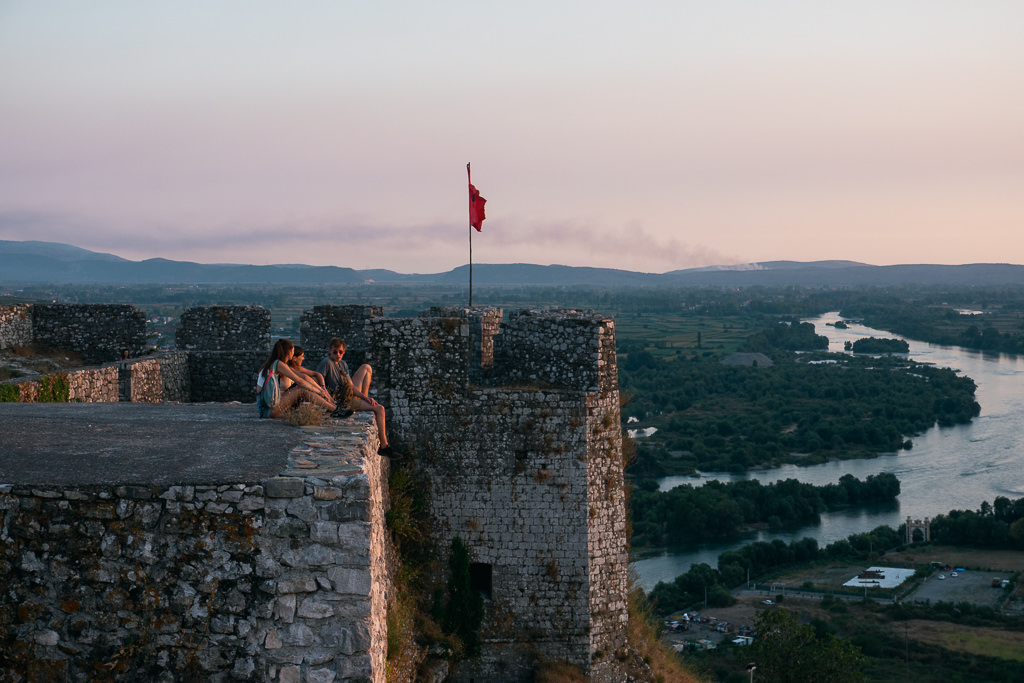
Today, Albania is a democracy with a growing economy and a focus on one day joining the EU. It seems that in 2021 it had a bit of a moment as a travel destination as its relatively mild pandemic restrictions saw many visiting Albania for the first time.
With the word now spreading, let me share my favourite experiences and places to visit in Albania!
Albania Destinations
Some amazing things to do in Albania
- Take epic hikes through the Accursed Mountains
- Go wild camping on Albania’s unspoiled coast
- Explore Cold War nuclear bunkers in Tirana
- Stay in the UNESCO World Heritage town of Gjirokastër
Shkodra
Albania’s second-largest city Shkodra, also known as Shkodër, is where I started my journey. I planned for this as a mere stopover, but I ended up spending four nights.
Partly this is because Shkodra is quite a lovely city. Its centre has been delightfully renovated with pedestrian streets lined with cafes, ice cream parlours and restaurants. It’s scenically located alongside Lake Skadar against a backdrop of the Dinaric Alps—some even say the downtown area has quite an Italian ambience. The Rozafa Fortress ruins, once a Venetian and Ottoman stronghold, make for a great trip, especially at sunset.
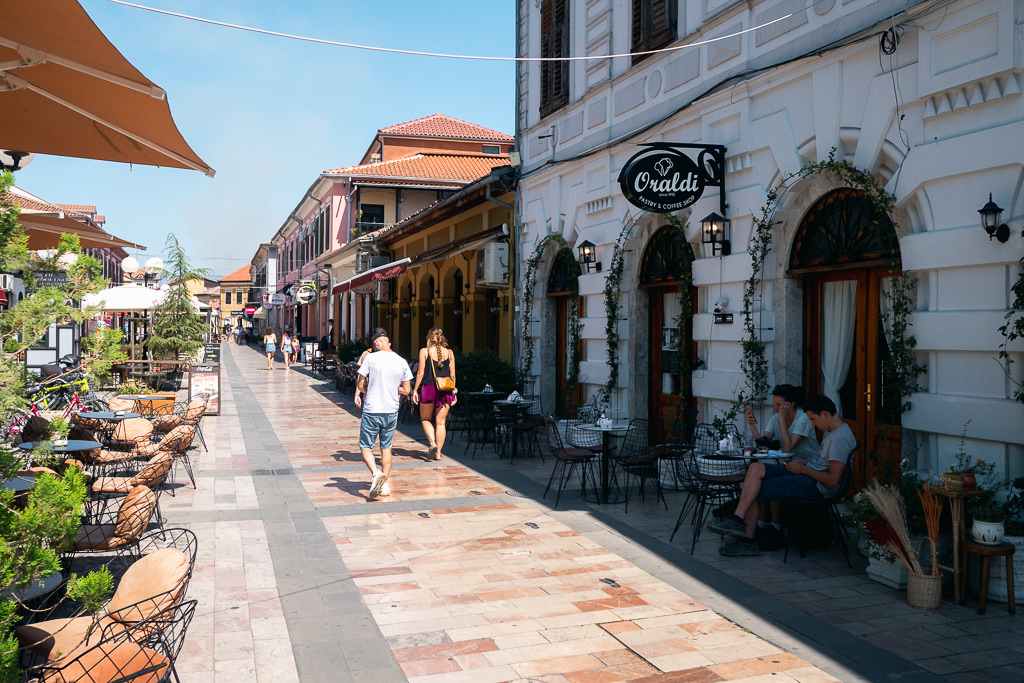
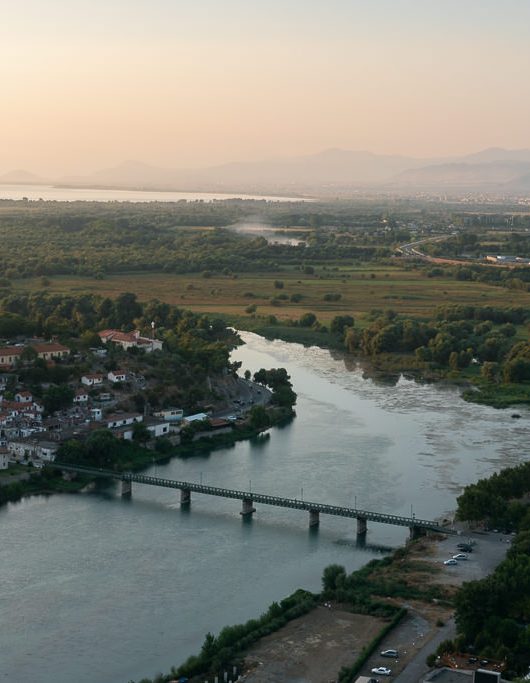
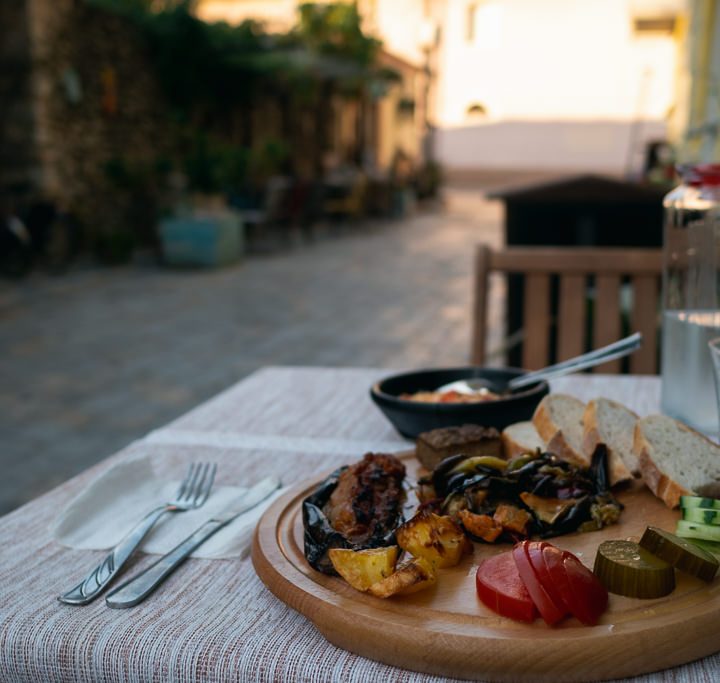
I must also credit Shkodra Backpackers for making me love my stay so much. Alma, the owner, runs Shkodra’s first-ever hostel with great sensibility, creating an incredibly welcoming space for travellers of all kinds. Her hostel is decorated with vintage furniture and colourful art with local craft beer on tap, while several adopted dogs add to the homely atmosphere. If you ask me, Alma and her team found the recipe for a near-perfect hostel.
(Having set the bar so high, the newer hostels like The Wanderers also seem to have done well.)
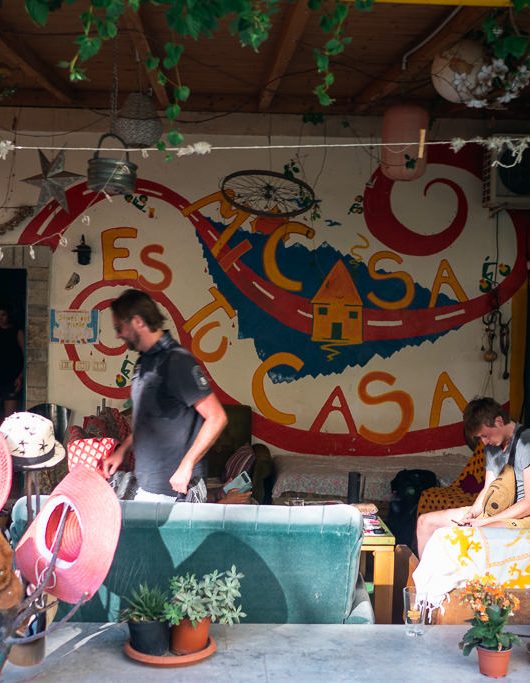
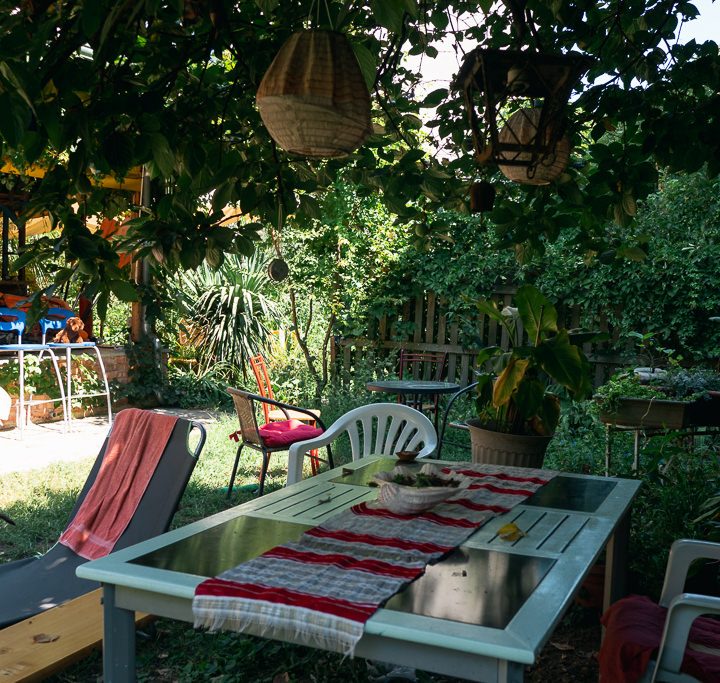
It is great fun to explore Shkodra and its surroundings by bicycle. This can be very relaxing on the country roads but a little stressful in the city. Cycling through the chaotic traffic raised my blood pressure considerably; however, back in the countryside with the sights of the lake, gentle rivers and cows grazing happily in the fields brought it back to a more acceptable level.
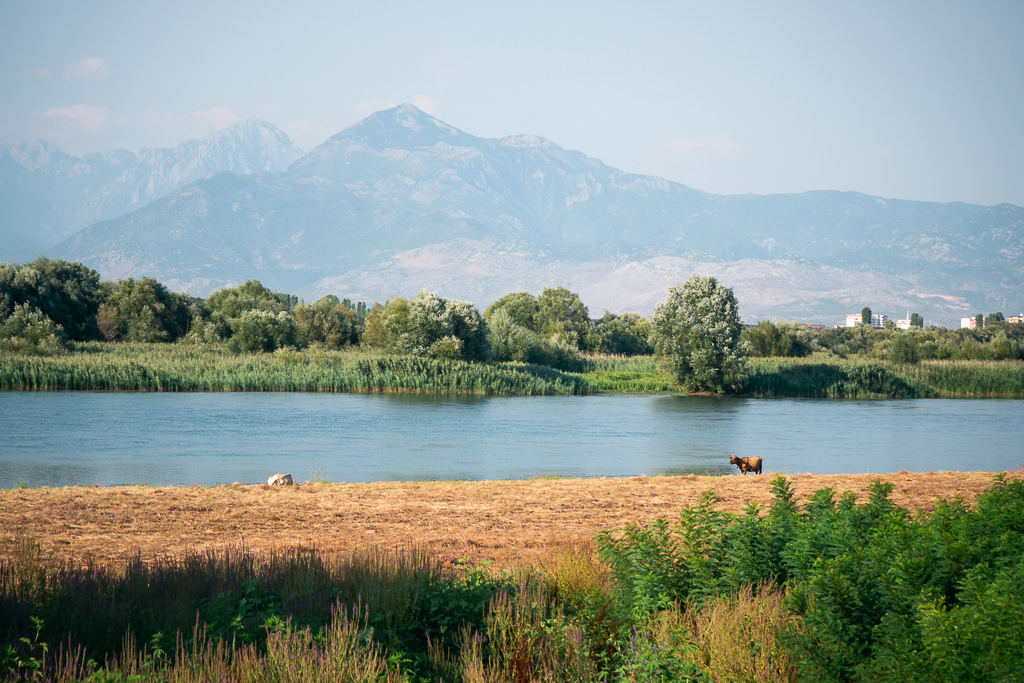
For many travellers, Skodra serves mainly as a starting point heading into the Accursed Mountains, but I found it worth staying in its own right. Consider going on a walking your of Skodra to gain a greater appreciation of its history and culture.
Accursed Mountains
First of all, a tip of the hat to Albania for giving their biggest mountain range such a dramatic name. Going into the “Accursed Mountains”, I sure felt as though I was on some kind of fellowship-of-the-ring quest.
But it’s not just the fantasy-like name of Albania’s Alps that’s impressive; so are its many peaks. Some parts felt to me like a mini-Switzerland. Several mountain rims were spectacularly jagged, resembling the blades on a Stegosaurus’ back.
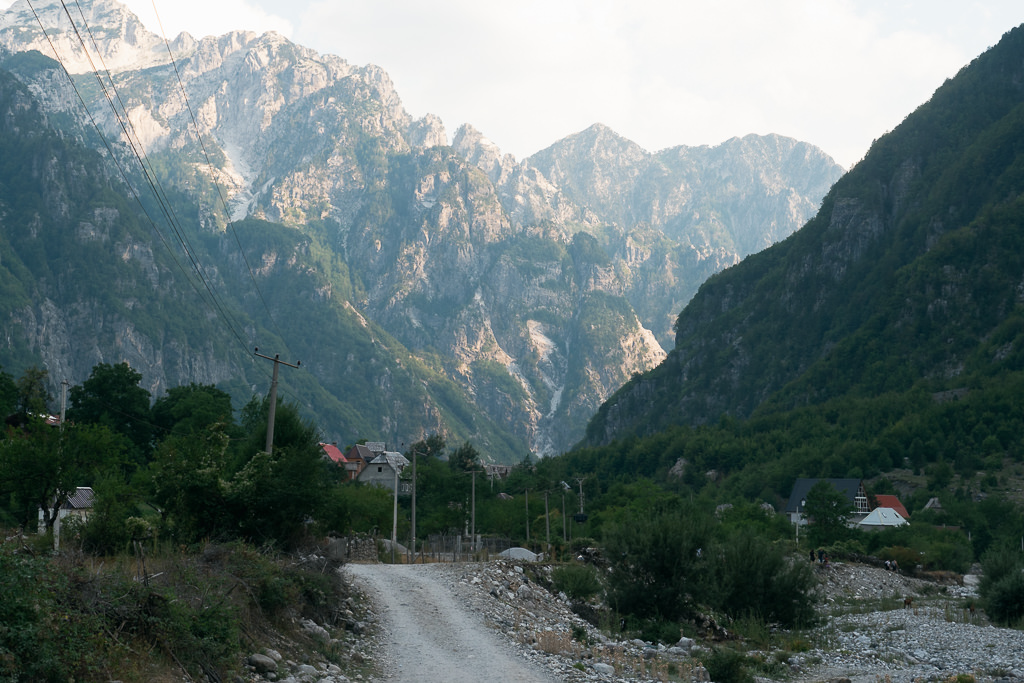
Hiking, camping or simply visiting this region is one of the highlights in Albania. I took a minibus from Shkodra to Theth, a small resort town at the heart of the Accursed Mountains, where many people stay in guesthouses, chalets and campgrounds. It’s a stunning valley and definitely worth spending an extra night if you can.
From Theth, you can hike to the Grunas waterfall as well as to the Blue Eye waterfall. Both make for wonderful afternoon hikes to get there. The waters are amazingly clear.
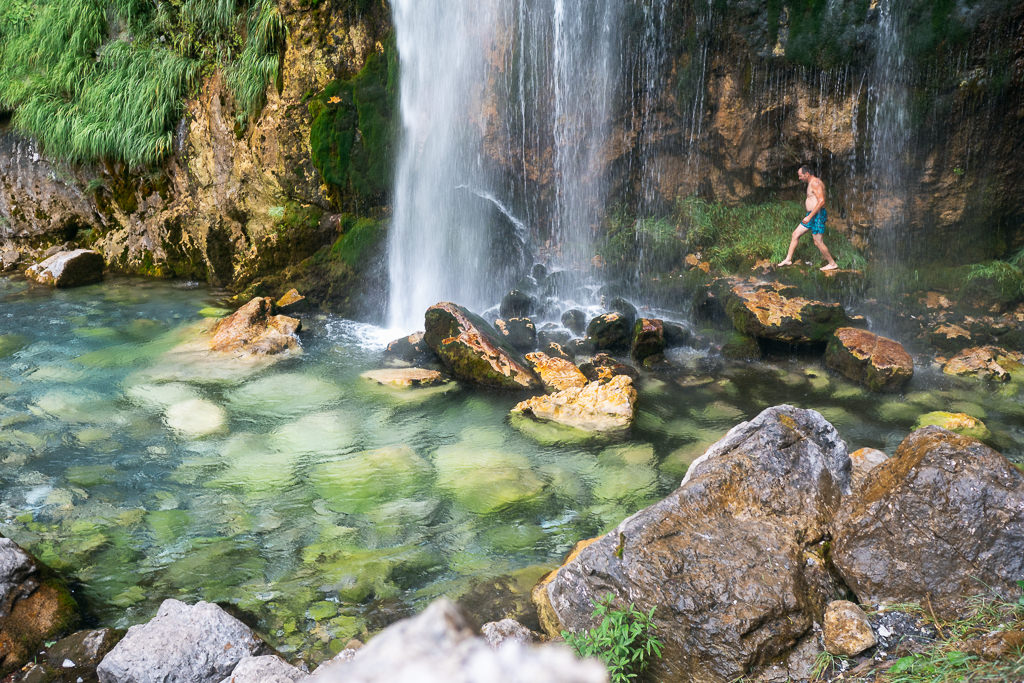
Most backpackers come to Theth to hike to Valbonë in the next valley. This hike can take between 7 to 9 hours, depending on your exact start- and endpoint. It’s a long but highly fulfilling hike that will reward you with some spectacular views. The hike can be done in either direction, though I quite liked starting in Theth.
The Theth-Valbonë hike is so well known that it is commonly called ‘the hike’ by many backpackers. There are many other hikes from Theth, though they are not as well-known or well-promoted as the Valbonë hike, so you may have to do a bit of research. A joint initiative, Peaks of the Balkans, has created an epic through-hike between Kosovo, Albania and Montenegro; this multi-day trail also passes through Theth.
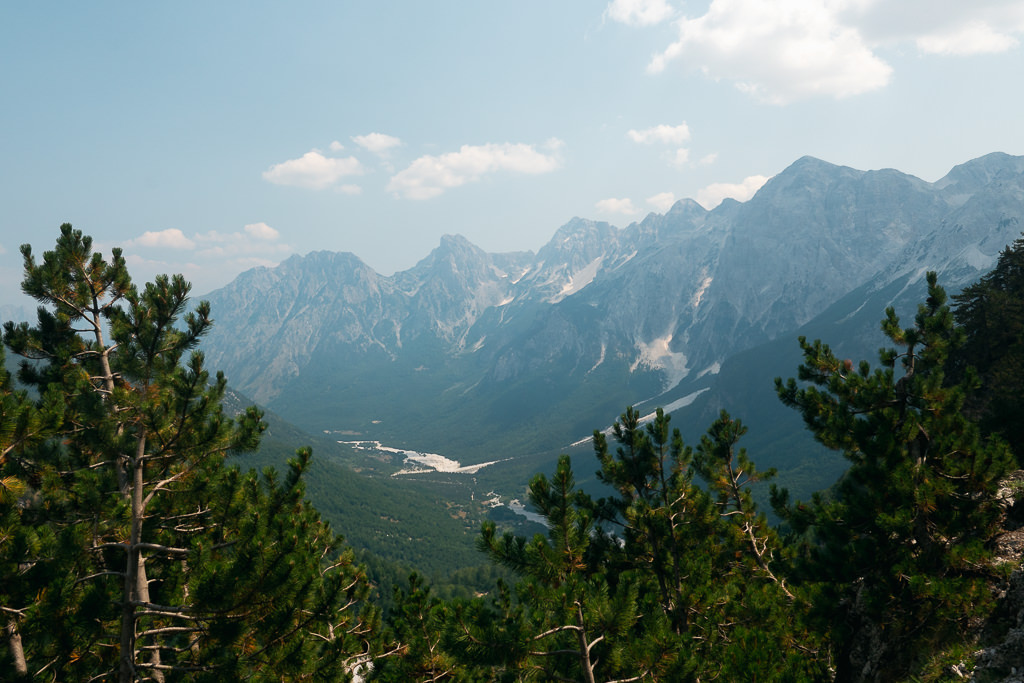
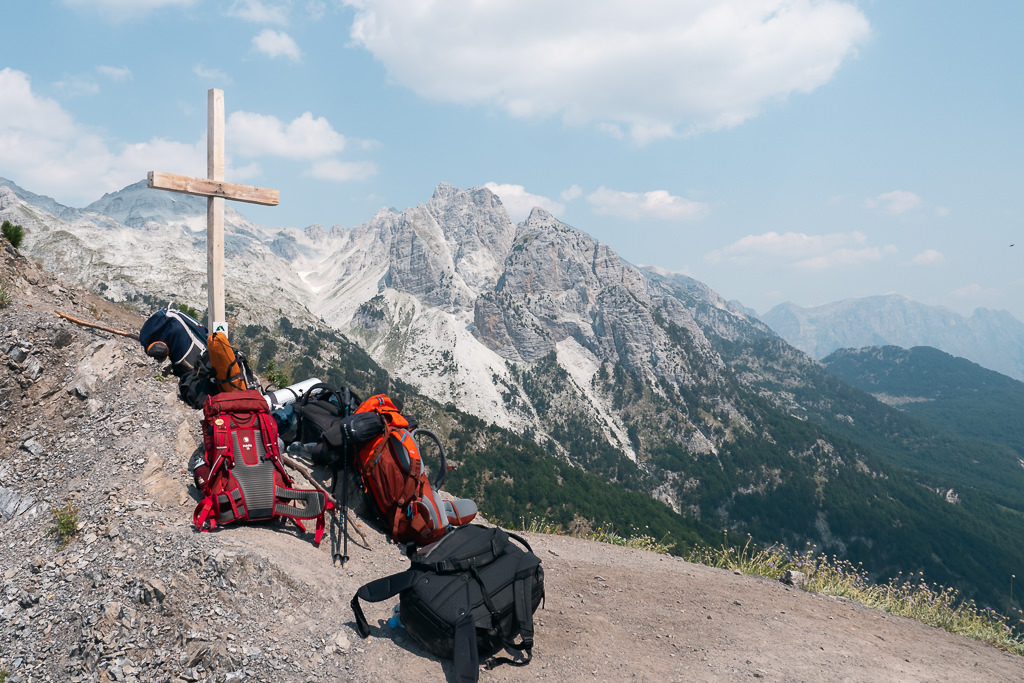
Since there is so much more to say about Theth, I have written an article with tips for Theth and the Accursed Mountains. Be sure to read this if you decide to add it to your Albania itinerary.
From Valbonë, you can route back to Shkodra using the ferry on the spectacular Komani Lake.
Komani Lake
The spectacular Komani Lake is a reservoir, but since it’s connected to the Drin river and narrowly swirls through the mountains, it may be better described as a river gorge.
Bounded by epic jagged cliffs and flowing through a remote and nearly roadless part of Albania, Komani knocked me over with its amazing scenery.

There are different ways of seeing Komani Lake. I took the 3-hour ferry from Fierza to Koman, on my way down from Valbonë in the Accursed Mountains. These ferries carry a mix of tourists and locals, the latter using them due to a lack of direct roads through the region. It’s a blissful experience just sitting on the top deck with your legs dangling over the edge while sipping a cold beer and gazing at the spectacular mountains and turquoise waters.
The scenery reminded me distantly of the rocky cliffs in Palawan, Philippines, or the coast of Thailand. Perhaps it was the small multi-coloured boats puttering along the lake—looking quite a bit like Asian longtail boats—that enhanced this impression. (The water was definitely much colder, though!)
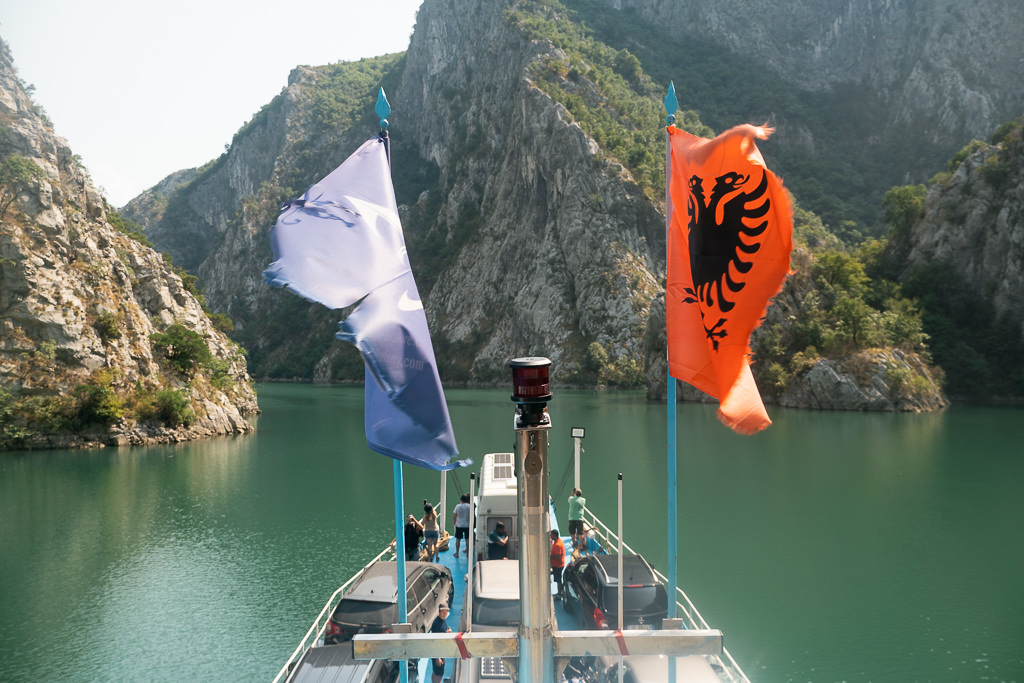
It’s also possible to see the lake as part of a tour on one of these boats. The ferry takes longer, but the small boat tours give you the option to visit some of the side-rivers and stop at several pebble beaches, such as the very photogenic Shala Beach. You can book these tours most easily from Shkodra.
When looking up information about Komani, you will no doubt find some negative comments online about plastic in the water. However, thanks to a massive clean-up initiative, this is fortunately no longer an issue. When I visited in 2021, I couldn’t remember seeing any plastic at all. Hooray for progress!
Note that the road to Koman from the south is in very bad condition, which is something to consider if you decide to self-drive instead of taking a minibus service.
Tirana
Being just 400 or so years old and only proclaimed capital in 1920, Tirana is perhaps not where you will find much ancient history. This city is not always so superficially beautiful either, though it’s a dynamic place filled with creativity, culture and eclectic architecture.
What really struck me is how Tirana is busily reinventing itself. Its main Skanderbeg Square is a perfect example: once a giant roundabout dominated by snarls of traffic, it became fully pedestrianised in 2017. It’s an urban design masterstroke, perfectly tying disparate elements together. Despite the square’s enormous size and the imposing communist-era opera house and national museum, the square manages to be both very friendly and intimate.
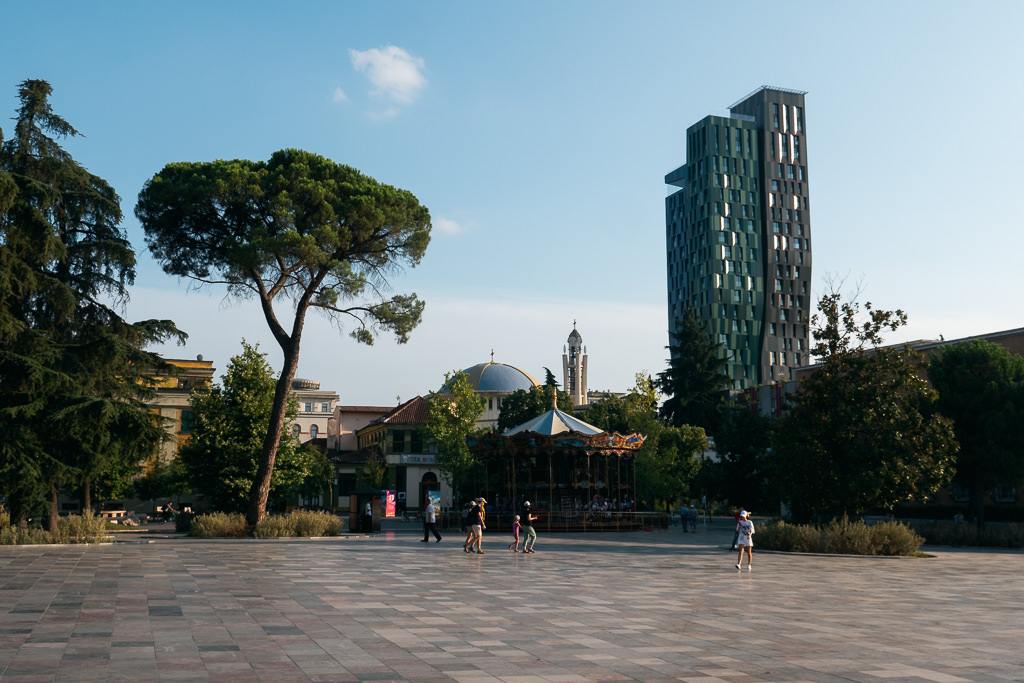
Other elements in Tirana are also being reimagined, often with the help of EU or US funds. An unusual pyramid-shaped building dating back to the Hoxha dictatorship is being creatively converted into a cultural hub and startup incubator. Concrete bunkers, also from the Hoxha era, have been repurposed as museums.

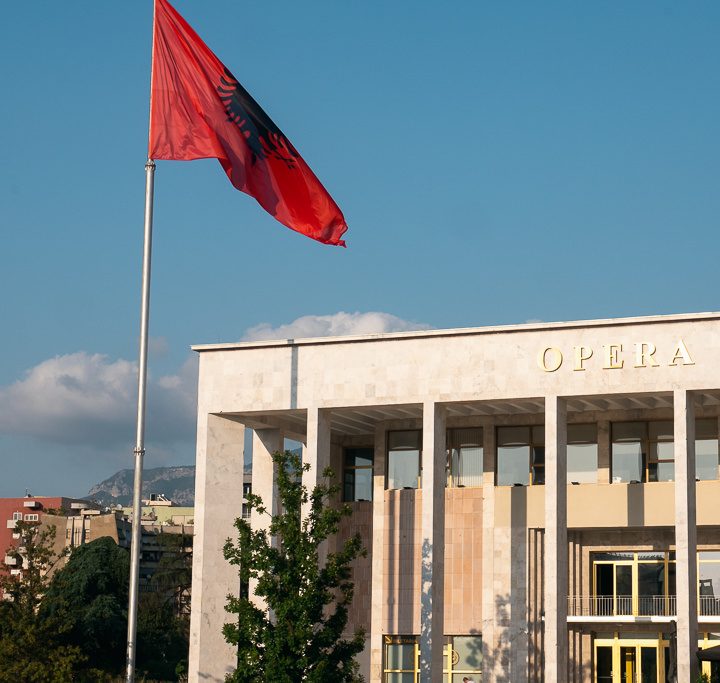
Tirana is the ideal place to learn about Albania’s modern history. The fantastic Bunk’art museum can be found inside one of Albania’s most extensive bunkers, once built as a shelter for the political and military elite in case of a nuclear attack. The abandoned tunnels, rooms, and assembly halls make for a somewhat surreal environment, reminding me of fallout shelters as eerily depicted in post-apocalyptic video games—except, of course, being real. Besides offering insight into Albania’s past as an isolated and paranoid police state, the museum hosts various modern art installations.
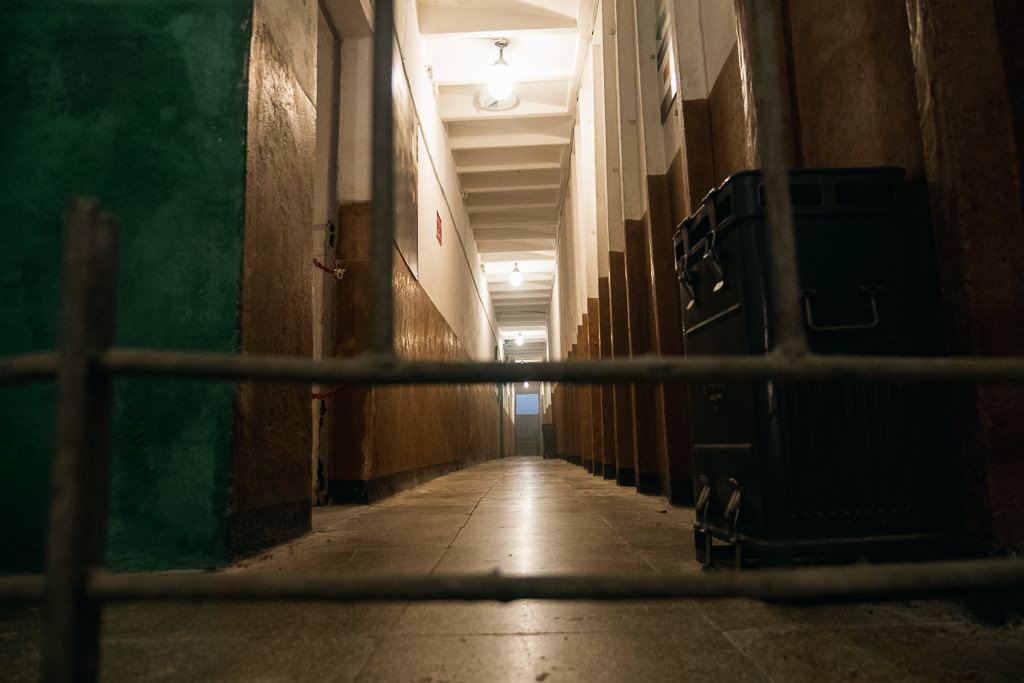
There is also a small Bunk’art 2 exhibition near Skanderbeg Square. But if you have the time, I recommend the main location just out of town. It’s only a 15-minute bus ride and highly worth it.
Walking tours in Tirana offer further insight into Albania’s culture and history. One guide’s story about the indoctrination during the dictatorship years was particularly memorable. Shortly after the revolution, when Albanians could once again freely travel abroad, my guide visited Greece. Upon his return, he told stories of 4-lane highways and large shipping ports; his father would simply not believe him. After all, these were things Albania did not have — and his father had been constantly told that Albania is the greatest country on Earth.
This really illustrated how Albania did truly have North Korea-like levels of indoctrination and isolation and why its development was stunted for so many years.
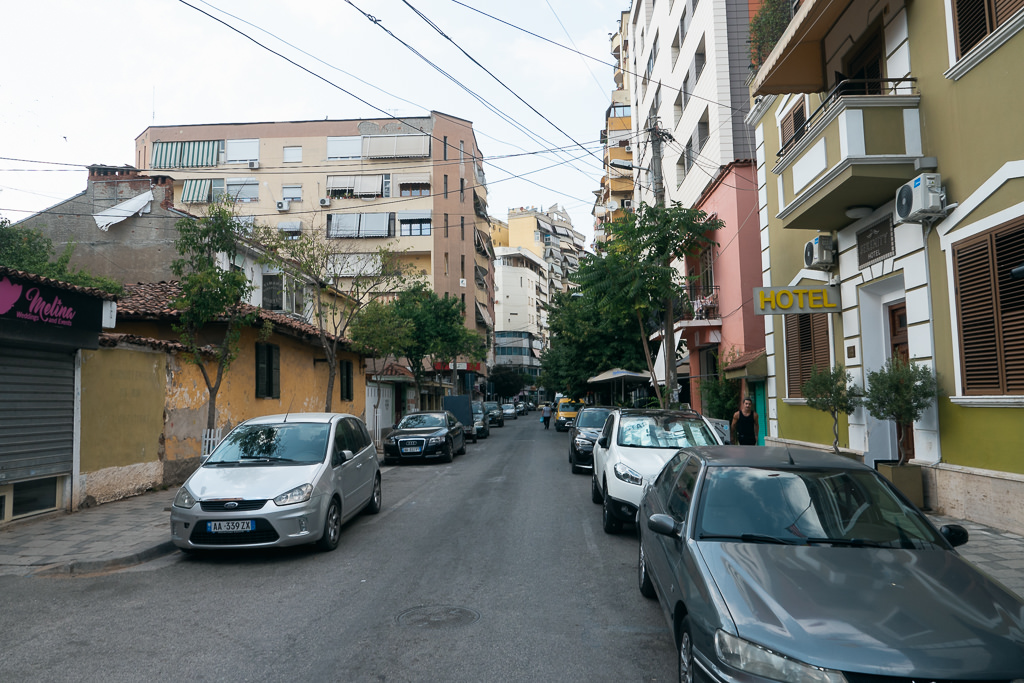
But cut to today, and Tirana is a bustling city on its way up. I loved seeing the colourfully painted apartment buildings, the street art and the vibrant cafe culture. It may not quite be Paris or Rome, nor would it claim to be, but if you’re a curious traveller you can find so much to like in this fascinating capital.
Gjirokastër
What Tirana lacks in history, Gjirokastër has in spades. Known as the Stone City, this Medieval town sits on a scenic ridge and oozes charm. With delightful Ottoman-era architecture, an impressive castle and spectacular hilltop views, it’s a must-visit in Albania.
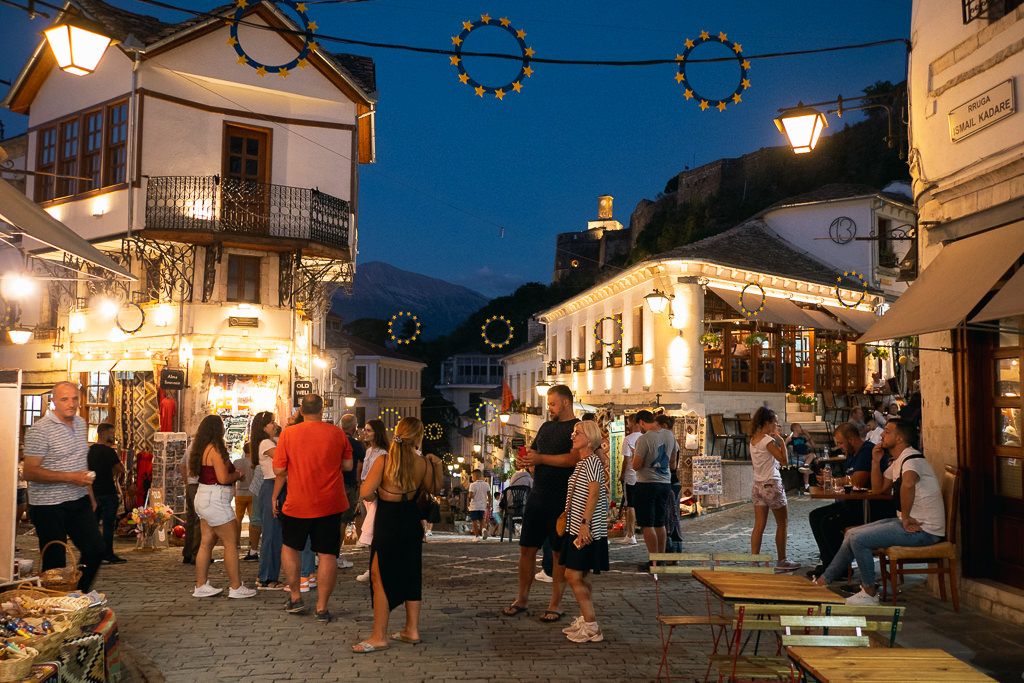
Thanks to its UNESCO World Heritage status, the old centre of Gjirokastër has been carefully renovated, with pedestrianised cobbled streets lined with cute restaurants and shopfronts that use only traditional wooden signage. Several traditional stone houses are now museums, showing how influential families once lived there. Atop the hill sits Gjirokastër Castle, which is claimed to be the Balkan’s second-largest.
Although there are many sights in Gjirokastër, it’s also the kind of place where you don’t need a precise plan; simply take a stroll around the charming old town and enjoy delicious Albanian food on a terrace. I think this makes Gjirokastër such an easy to recommend highlight in Albania.
I stayed at the fantastic Stone City Hostel. Its Dutch owners have created one of the most homely hostels I’ve ever stayed—and I’ve experienced quite a few! I admire their vision to set up the first-ever hostel in Gjirokastër before it was truly on the tourist map; now, it’s full of life and the perfect traveller base in Gjirokastër.
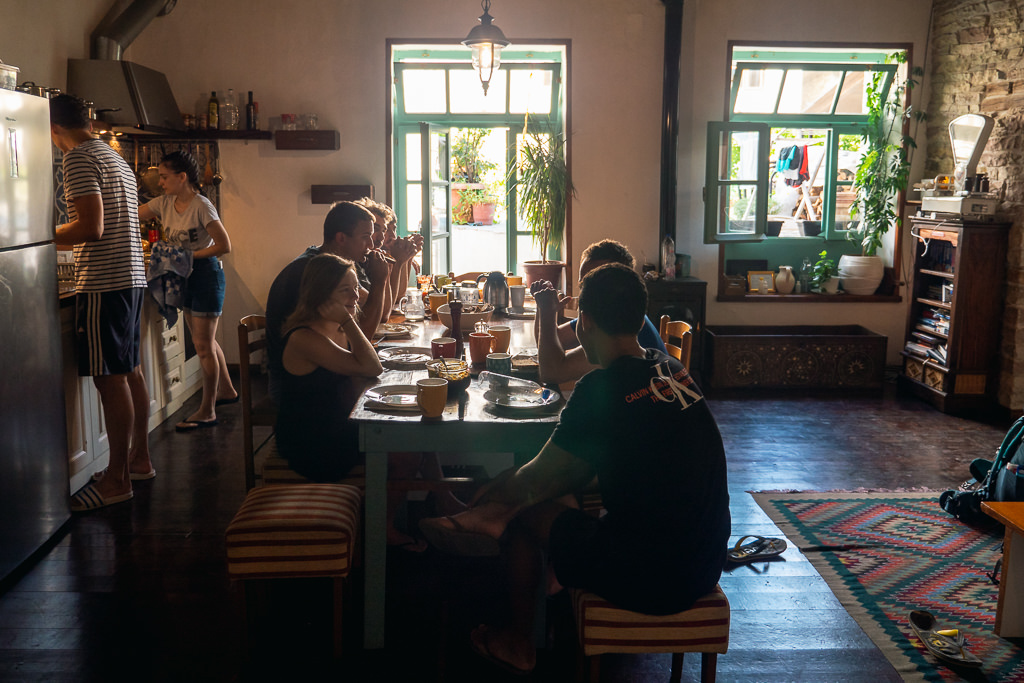
The hostel owner took a few of us into the nearby countryside in his 4×4 vehicle. It was literally an off-the-beaten-track experience, taking us to hidden waterfalls, abandoned churches and distant roads, not to mention a still mostly unexcavated Roman city.
Heading deep into the Albanian countryside and getting a snapshot of rural life was fantastic. I didn’t see anyone else offering such tours, so I highly recommend it if you get the chance to do one with Stone City Hostel.
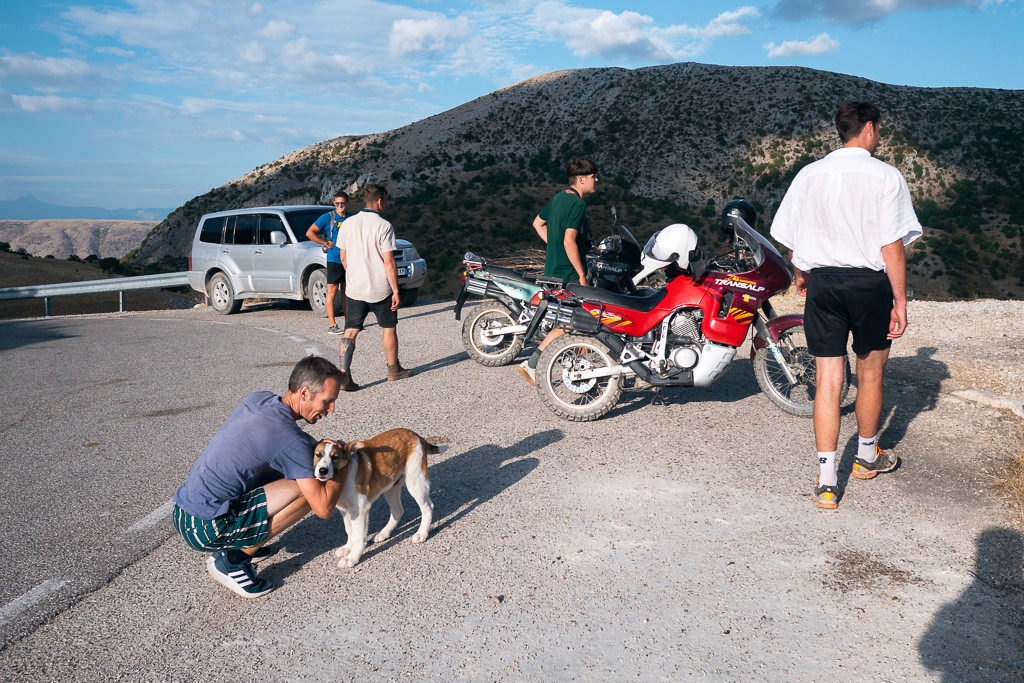
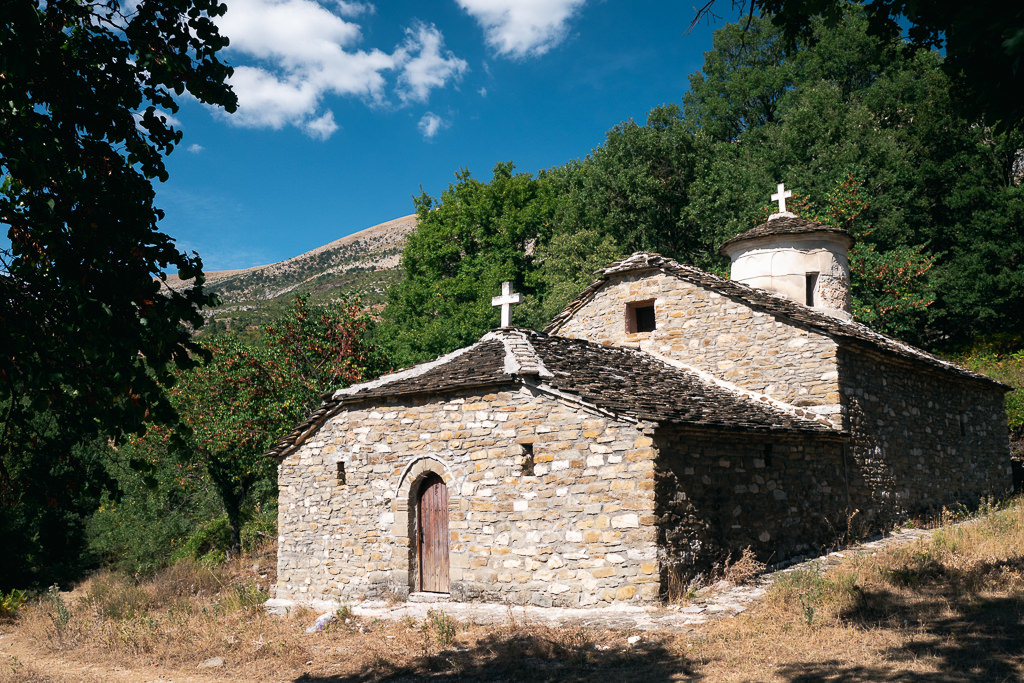
Berat
No Albanian travel would be complete without mentioning the town of Berat. On the surface, it is quite similar to Gjirokastër: both are UNESCO World Heritage sites and offer well-preserved examples of Ottoman architecture.
Berat’s whitewashed walls and buildings with countless windows seem stacked on the side of a mountain, making it incredibly scenic. I enjoyed having a room with a balcony facing the old town and watching the sun go down.
That said, I felt there was less to explore than in Gjirokastër, and the streets of the old town were somehow not as lively. While signs at Berat’s castle ruins boasted of “substantial towers”, the ruins were rather insubstantial, if I’m honest.
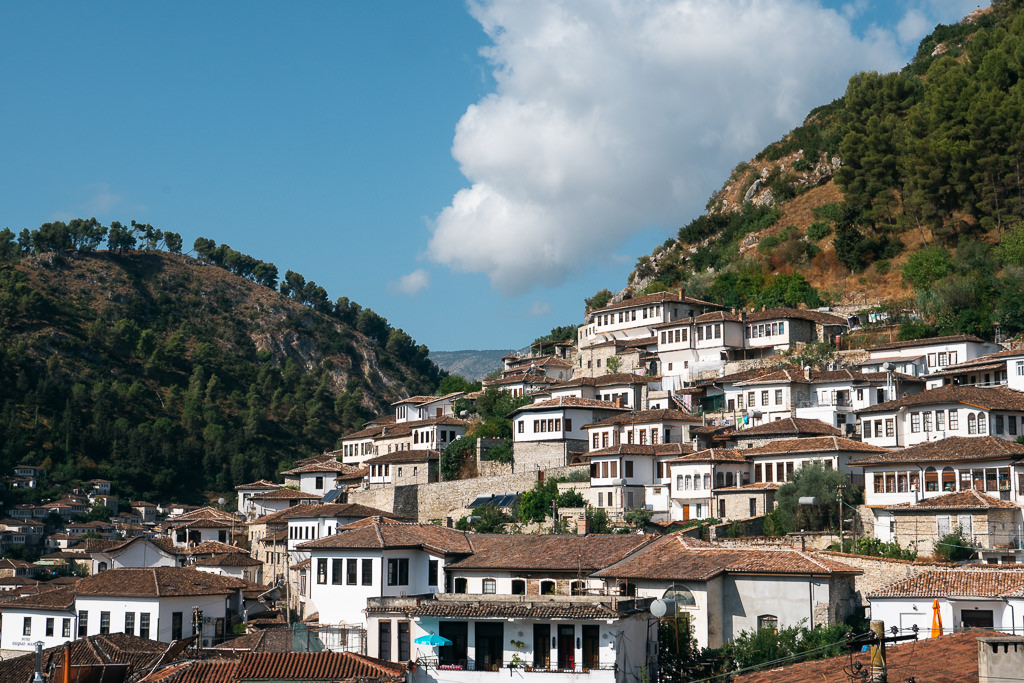
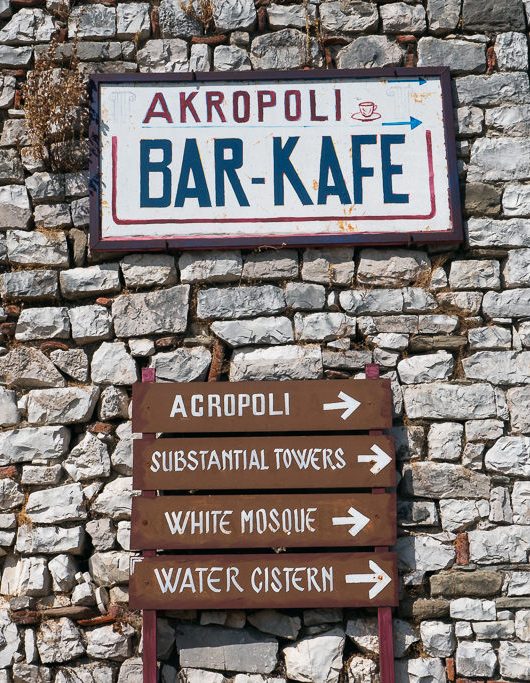
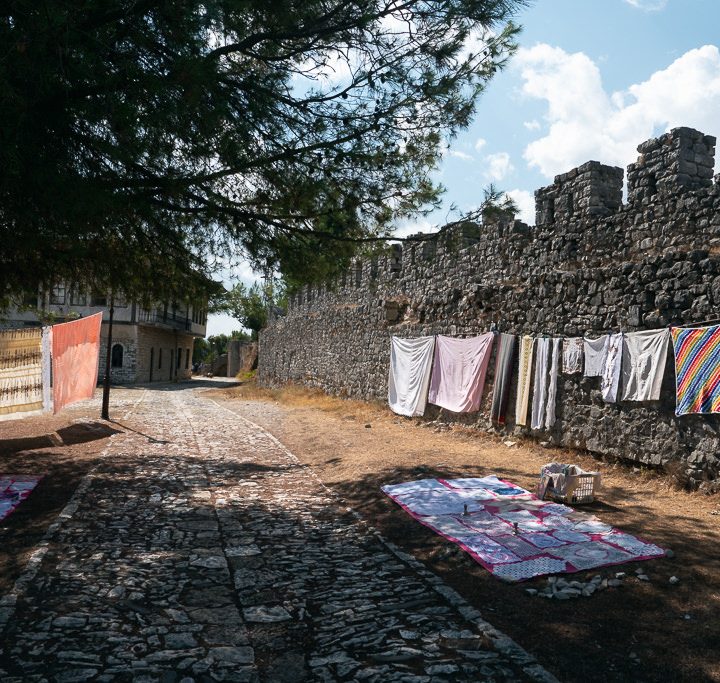
If I had to compare, I think Gjirokastër is the nicer of the two, though I’m still happy I stopped in Berat for a day. Both cities are great places to visit in Albania. The old town in Berat is maybe a bit sleepy, but I loved seeing the main promenade in its modern section come alive at night, with many people socialising and walking up and down the streets. By going on a walking tour of Berat, you may gain a greater appreciation of this historic city.
This blog has a great overview of all the things you can do in Berat and makes a great case for why you shouldn’t miss it when visiting Albania.
The Albanian coast
After exploring the cities and nature, you may be longing for the beach and a relaxing end to your Albania trip. Luckily, Albania is blessed with a stunning coastline, with the southern stretch sometimes referred to as the Albanian Riviera.
When compared to Greece or Croatia, Albania’s coast is barely developed. You may well find an isolated hotel, resort or campsite on a beach that is otherwise totally wild and unspoiled. There are precious few places in Europe where you can still find this.
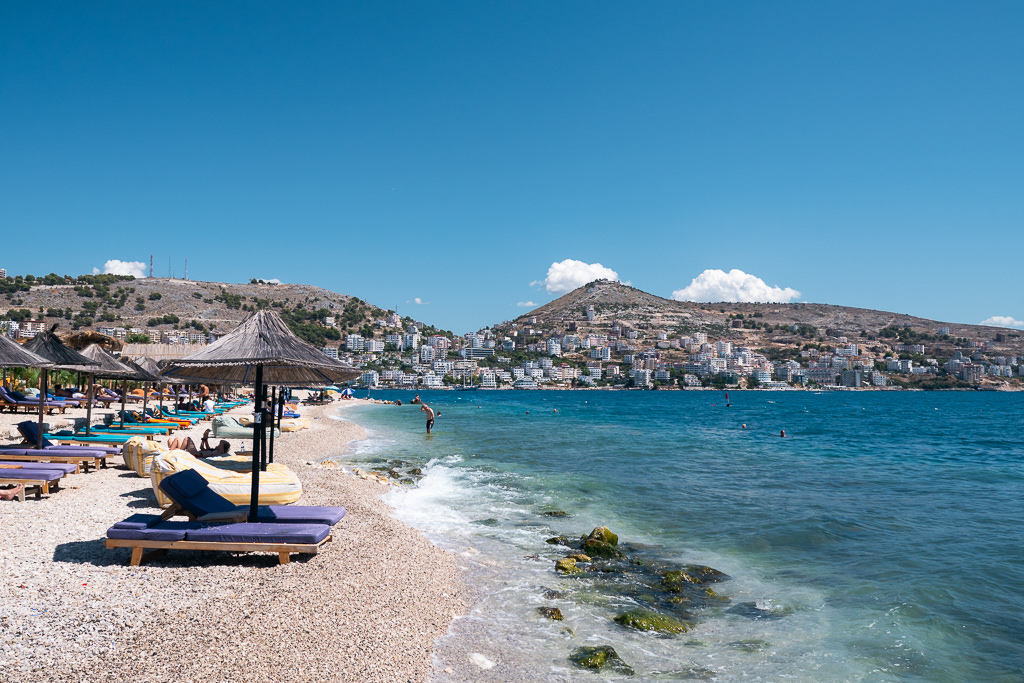
This situation surely won’t last forever. A preview of what’s to come can be seen in Sarandë, Albania’s main coastal resort, which has been fully built up and commercialised. The small beaches are covered in seas of parasols, while the promenade hosts a cacophony of cocktail bars. Several tacky Pirates of the Caribbean-themed vessels offer tours of the bay.
To be honest, Sarandë wasn’t as bad as I had been led to believe. If you’re just looking for some sun, sea and rum, it’s okay; just be aware that it’s a beach resort city. You can expect prices to be unusually high for Albania, as many tourists come here by way of a 20-minute ferry from Corfu, Greece’s beach holiday resort catering mainly to package tourism. Sarandë is easily Albania’s most commercial tourist destination.
For something much purer, simply follow the road north from Sarandë. Along here, you’ll find many towns and hamlets close to many perfectly unspoiled beaches. I have no doubt these beaches will become developed some day, but for now, you will find utter paradise. This stretch of the Albanian coast might just be one of Europe’s best-kept secrets.
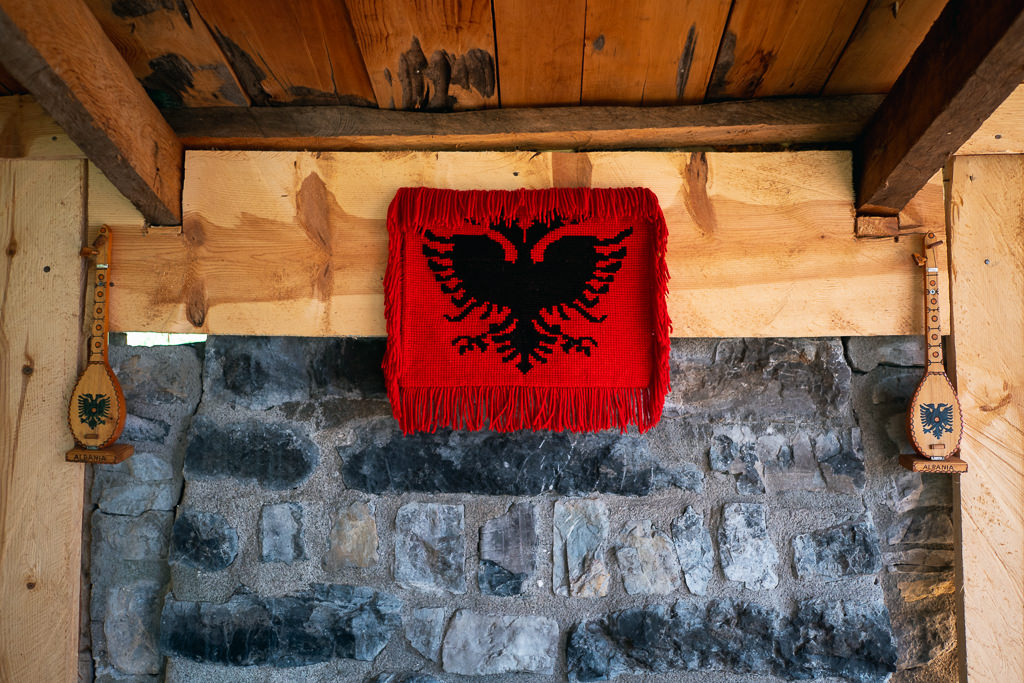
Albania travel tips
Safety
Albania is often portrayed in popular culture as a land of criminals and thugs. Is this accurate? Well, to be fair, Albania did have quite a ‘wild west’ period after the fall of the dictatorship in the early 1990s, so it’s especially from this period that certain stereotypes emerged.
But don’t worry. Today, Albania is a very safe country to travel. Of course, petty crime such as pickpocketing is possible as anywhere, but overall Albania feels about as safe as anywhere else in Europe. Quite a few travellers hitchhike in Albania, which tells you something about the overall perception of security.
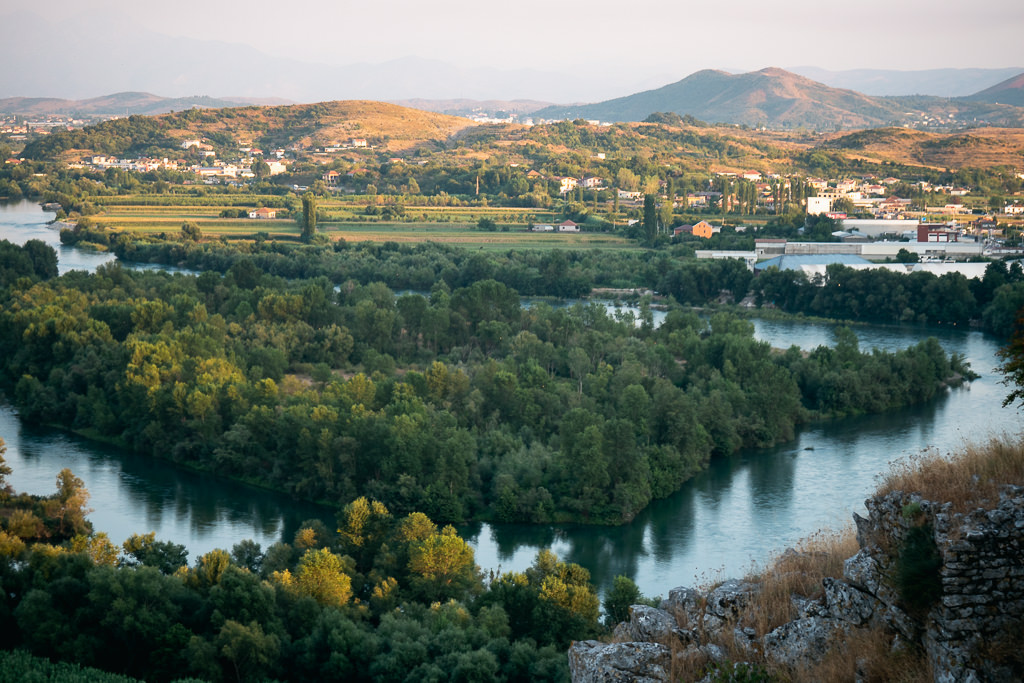
Sadly, the outdated image of Albania still persists. In the Liam Neeson action film Taken, it’s Albanian thugs who kidnap his character’s daughter. In a very inspired move, the Albanian tourism board launched a “taken by Albania” campaign emphasising all the ways you will be enchanted by it.
Some people still wonder about the Albanian mafia. It does exist, but very much in the background — and of course tourists are of very little interest to them. One local surprised me by revealing that the super kind and friendly restaurant owner I’d met the previous day was, in fact, also the town’s mafia boss. What this usually means is they grow weed in a field somewhere. It’s a reality that not all of Albania’s economy is above-board, but if you’re comfortable travelling in, say, Italy (as anyone should be), then you should be fine in Albania too.
How to get around
The main options to get around in Albania are by bus and furgon (minibus). These follow certain timetables, though the minibuses will often wait until they are full, which can result in delays.
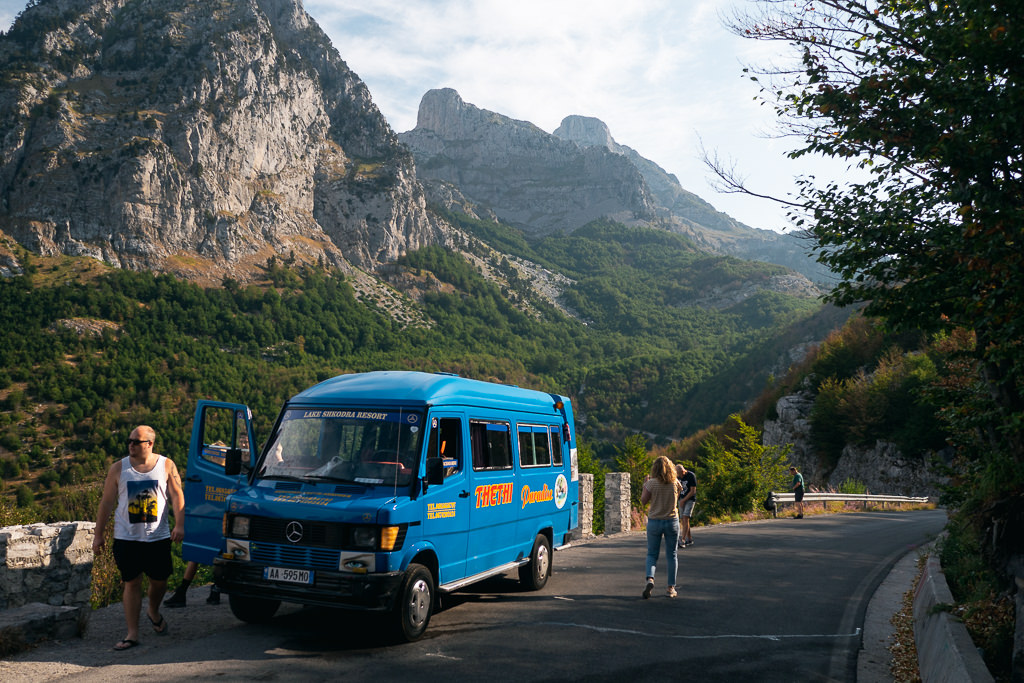
Buses and furgons are very cheap and will get you to where you need to be. The main roads in Albania are generally in good condition. However, smaller roads in the mountains or to small villages may be very potholed and relatively inaccessible.
I met many campervanners and motorbikers travelling in Albania who loved the sense of freedom to drive and camp anywhere. Despite the poor quality of a few roads, Albania is clearly an amazing road trip destination. Since wild camping is legal, including on beaches, there are some great opportunities for adventure travel.
One tip: avoid using Google Maps to navigate if you’re leaving the main roads, as it is truly crap in Albania. It seems as though Google has simply not yet bothered to do a proper road survey of Albania. Maps.me offers more accurate detail.
Getting to Albania
Albania’s only international airport in Tirana is small, with very few connections. Lately, however, budget carrier Wizz Air has been adding many flights to Tirana Airport.
If you can’t find a suitable flight option to Tirana, you may have better luck flying to Corfu in Greece. From there, it’s only a short ferry ride to Albania.
Scheduled to be completed in 2023, the new Vlorë International Airport on the southern coast is likely to become the most accessible entry point into Albania by air.
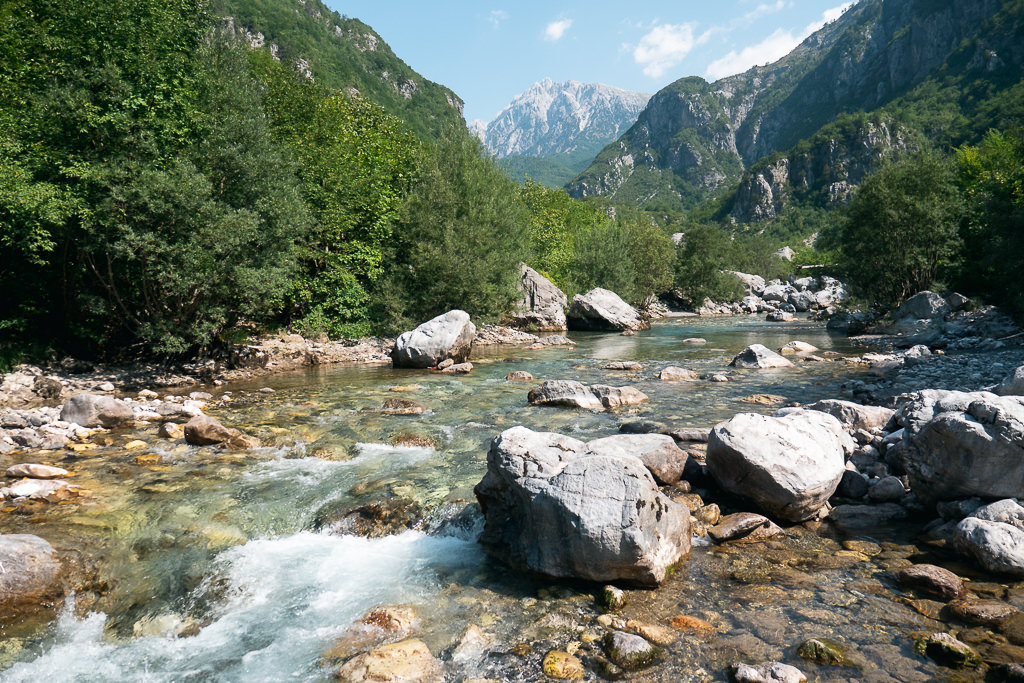
Plastics
Albania is beautiful, but do prepare yourself for the amount of plastic pollution in some parts. It’s a developing country and, sadly, sometimes blighted by rubbish. Making the situation worse is that waste bins are sometimes left open, and roaming goats or horses avail themselves of leftovers while strewing everything else across the road.
Fortunately, I found this far less of a problem inside the national parks, such as in the Accursed Mountains. The Komani Lake was once known for its plastic pollution, but it has now been completely cleaned up. Luckily, the most beautiful nature in Albania is, for the most part, clean.
Still, plastics were very visible around Shkodra Lake when I visited and in some of the cities and towns, so this is something you should just know to expect. This situation will hopefully improve now that Albania has banned single-use plastic bags, but more is definitely needed to bring this issue under control.
Some links may be affiliate links, meaning I may earn commission from products or services I recommend. For more, see site policies.
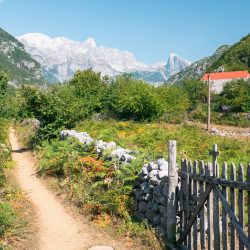
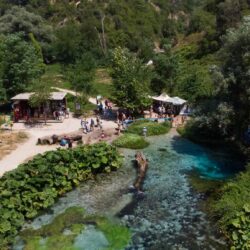
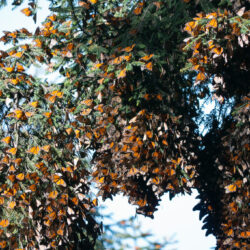
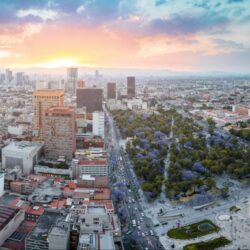




Thank you for this awesome read as always. I’ve been so interested in Albania and would love to know what it is like travelling there in terms of the pandemic. I see that you can travel there provided you’re vaccinated. What was it like travelling on public transport – did they have restrictions and mask wearing in place?
To be honest Albania plays it pretty loose with the pandemic. People were masked up in buses but not so much in the minivans. The main restrictions were on nightlife/restaurants which had to close at certain hours. If you prefer a destination where people are more strict in mask-wearing and such, I would recommend neighboring Montenegro.